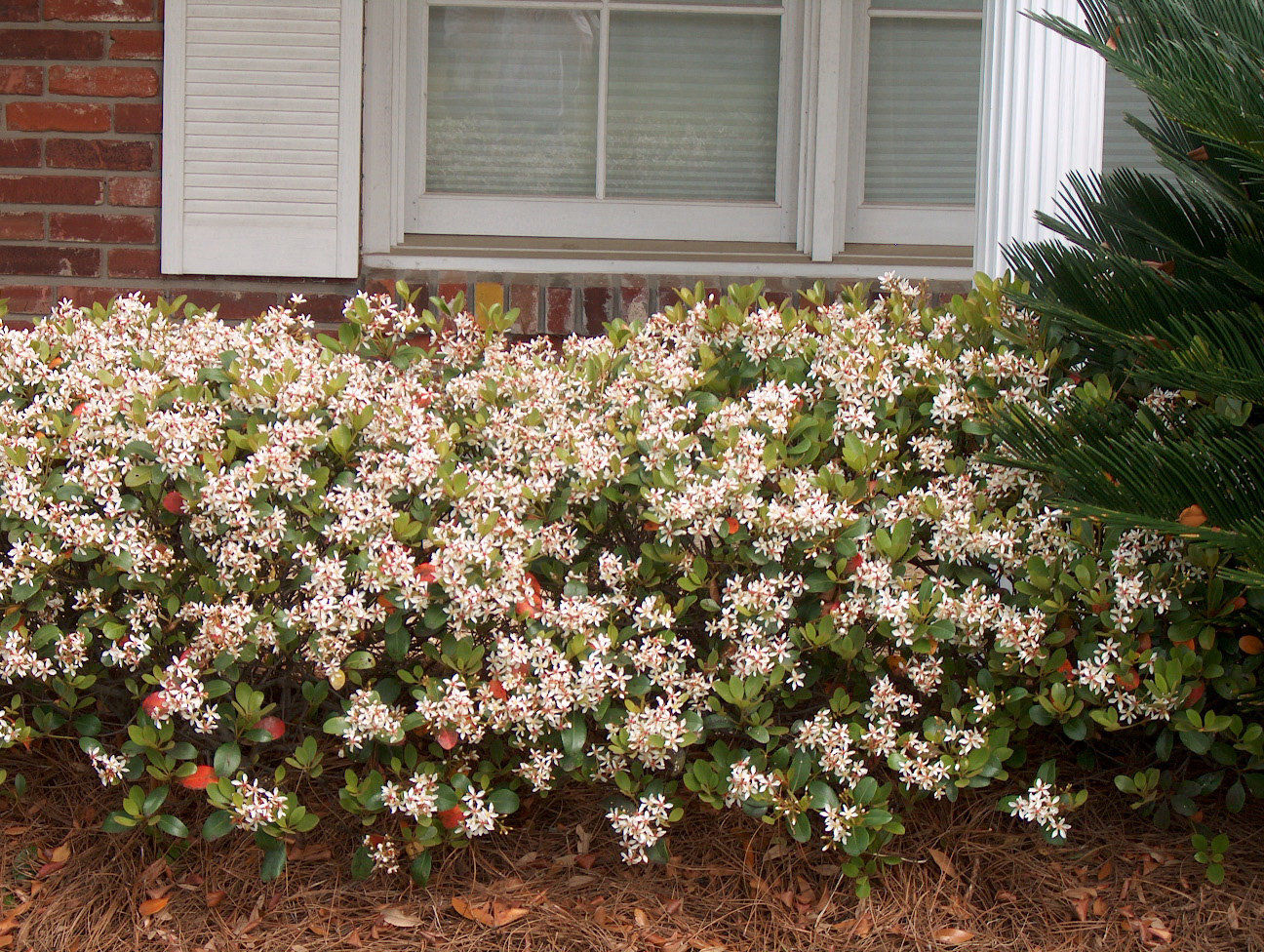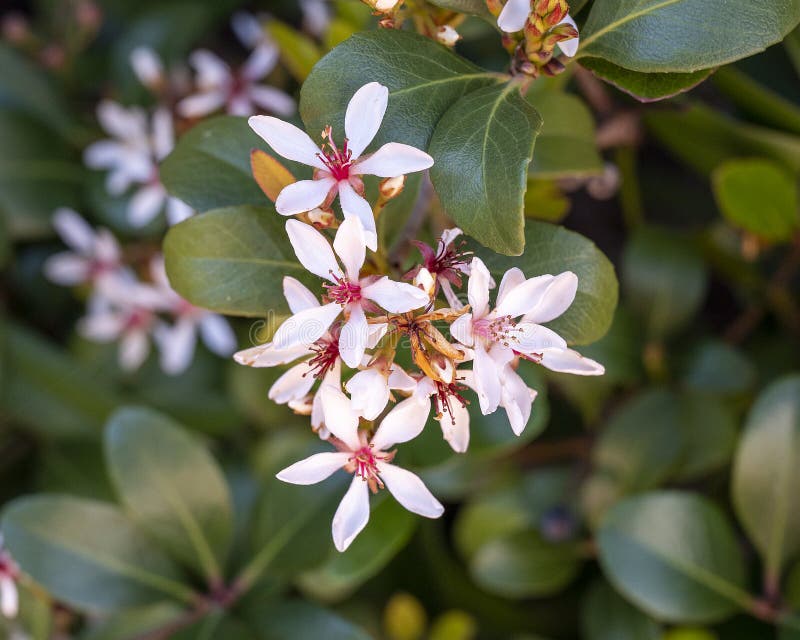
Diseases of Woody Ornamentals and Trees in Nurseries. Reference Colbaugh, P., Hagan, A., Walker, J., and Barnes, L. Not to be confused with the smoking cessation drug. Spectro 90 WDG at 1 to 2 lb/100 gal water.Phyton 27 at 1.5 to 3 oz/10 gal water.Monterey Liqui-Cop at 3 Tbsp/gal water.Do not use with organosilicate-based adjuvants. Insignia SC at 6 to 12 fl oz/100 gal water.
Indian hawthorn plus#

Infection of older leaves in late spring may also appear as white "ghost spots" on leaves when higher temperatures abort the progress of infection.Ĭultural practices Careful inspection of container-grown plants in early spring helps identify early signs of leaf spot. Infected areas on older leaves frequently have a gray-white cast due to the production of spore masses when leaves are wet. Defoliation can be heavy with the onset of severe outbreaks of the disease. Leaf lesions can be few and scattered or can become so numerous that they coalesce to form large dead areas. Leaf spots mature as circular, brown lesions, 0.25 inch in diameter, with raised black fruiting bodies (acervuli) in the center of each spot. Lesions enlarge to form gray-brown, irregularly shaped spots with a red or brown border. Symptoms Leaf lesions arise as minute dots on newly developing leaves in spring. Host range is wide including Indian Hawthorn, photinia and quince. High humidity, cool weather, crowded plants, and splashing water from rain or overhead irrigation provide an ideal environment for disease spread. Fungal spores overwinter on infected leaves or juvenile shoots. ‘Springtime’ Pale pink flowers 1.5m high and wide.Cause The fungus Diplocarpon mespili (asexual: Entomosporium mespili), is most active during prolonged periods of cool, wet weather in the spring. ‘Snow Maiden’ Large, white, semi-double flowers 75cm-1m high x 50cm wide. ‘Oriental Pearl’ White flowers compact shrub 80cm-1m high x 1m wide ‘Little Bliss’ White flowers dwarf shrub 60cm-1m high and wide. ‘Apple Blossom’ Pink flowers compact shrub 1-1.5m high x 1.5m-2m wide. It is part of the rose family, but evergreen and thornless. Bees and other insects love Indian hawthorn in spring when it is in flower.Īs well as the white-flowered species, there are many cultivars that are compact (to around 1m high and wide) and some with the option of pink flowers.ĭespite its common name, Indian hawthorn isn’t actually from India, but is native to southern China. Some Indian hawthorn have colorful darkened winter foliage and attractive berries, as well We recommend, when selecting an Indian hawthorn, that you first look for types which will reach the. The shrub grows to around 2.4m high and wide and has clusters of small, white, lightly fragrant flowers in spring and early summer, followed by round blue-black non-toxic berries which persist for many months. Selecting Indian Hawthorn Indian hawthorn grow in a wide selection of heights, widths, and leaf textures and bloom in white or a range of pink colors.

Yes, it is really versatile, and pretty as well.Ī little about Indian hawthorn (Rhaphiolepis indica) Suits an exposed balcony or garden with heat, wind, coastal conditions or even salt spray? Indian hawthorn! Frost tolerant? Indian hawthorn. Need a shrub with small, glossy, dark green leaves? You guessed it, Indian hawthorn.

Want pretty spring flowers? Indian hawthorn. Need a low, compact hedge? Indian hawthorn. Indian hawthorn ( Rhaphiolepis indica) is one of the most bulletproof shrubs around.


 0 kommentar(er)
0 kommentar(er)
